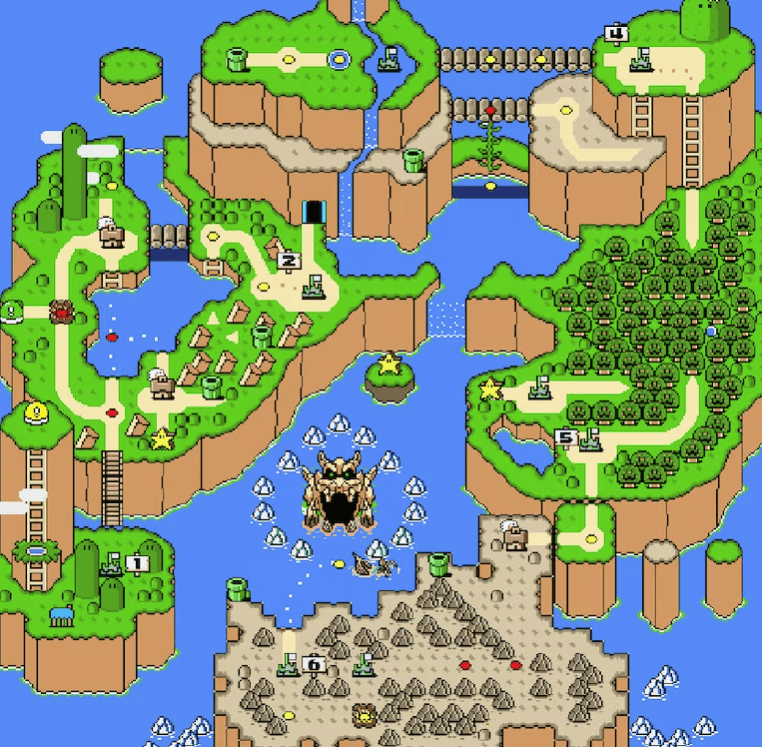
Allow us to take you through the blue doors of Implicit Conversions Time Machine.
We are going on a journey to an era where pixels reigned supreme and chiptune melodies filled our bedrooms.
Memories of retro gaming are dominated by its powerful visuals and memorable tunes. Let us delve into the fascinating world of the pixel aesthetic together and explore how the limitations of the 8- and 16-bit era gave birth to an iconic artistic style that continues to captivate gamers today.
Creating Memories One Pixel at a Time
The charm of pixel art lies in its ability to evoke emotions and tell intricate stories despite the minimalistic approach. Every pixel is carefully placed, and each sprite serves a purpose, contributing to the overall visual narrative. The nostalgia associated with pixel art today is a testament to its enduring appeal, showcasing that limitations can breed innovation
Pixel art, the hallmark of retro gaming visuals, emerged as a creative response to the technical constraints of early gaming hardware. During the 8-bit and 16-bit eras, developers faced severe limitations in terms of processing power, memory, and graphical capabilities. To overcome these challenges, game designers turned to pixel art, a form of digital art where images are created using tiny, square-shaped pixels.
The limited resolution and color palette of early gaming consoles, such as the Nintendo Entertainment System (NES) and Sega Genesis, forced artists to think creatively within these boundaries. Despite the constraints, pixel art became a powerful medium for expressing creativity and storytelling. Characters like Mario and Link became iconic not just for their gameplay but for the charming simplicity of their pixelated designs.
A Symphony of Melodies
Complementing the pixelated visuals, chiptune music became the soul of retro gaming. Chiptunes are musical compositions created using the sound chips found in early gaming consoles and computers. These unique, electronic soundscapes are characterized by their 8-bit melodies and rhythmic simplicity, echoing the constraints of the hardware they were created on.
With limited channels and instruments, chiptune composers faced the challenge of crafting memorable tunes within these constraints. However, these limitations sparked creativity, leading to the creation of timeless melodies that have left an indelible mark on gaming culture. Games like “Super Mario Bros.” and “The Legend of Zelda” feature chiptune soundtracks that are not only nostalgic but also integral to the overall gaming experience.
A Perfect Union
The marriage of pixel art and chiptune music in retro games goes beyond mere aesthetics – it creates a cohesive and immersive experience. The synergy between the visual and auditory elements allowed developers to maximize the impact of their games despite the technical limitations. The simplistic yet expressive nature of pixel art blends seamlessly with the catchy and memorable tunes of chiptune music, forming a unique artistic identity.
The pixel aesthetic of retro games, born out of necessity, has transcended its humble origins to become a celebrated art form.
The limitations of early gaming technology fueled the creative minds behind pixel art and chiptune music, giving rise to a timeless and iconic era in gaming history.
As we continue to embrace modern gaming with its photorealistic graphics and orchestral soundtracks, taking a nostalgic trip back to the pixelated worlds of the past reminds us that limitations can breed innovation, and simplicity can be the key to enduring artistic beauty.

